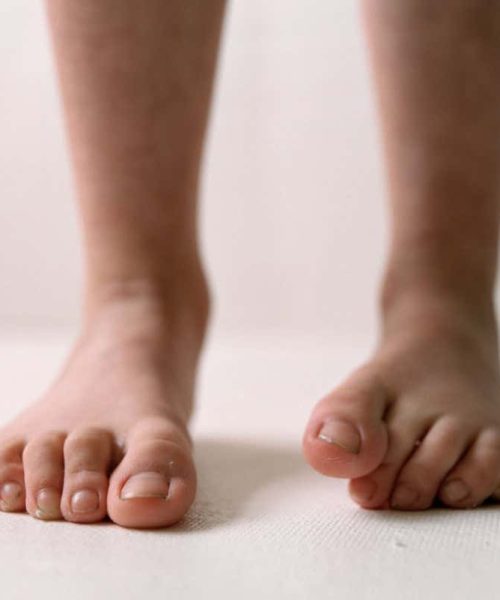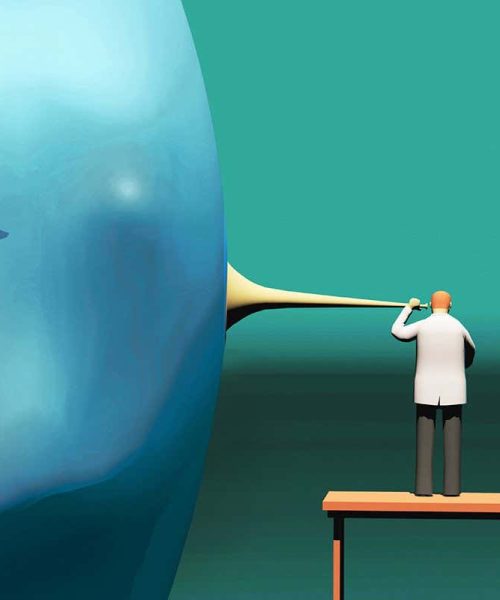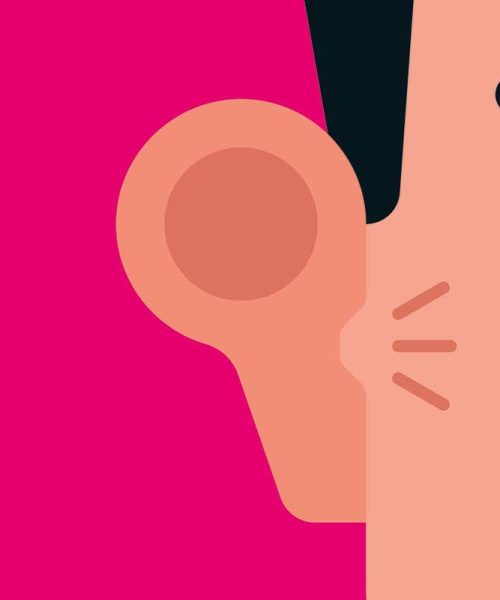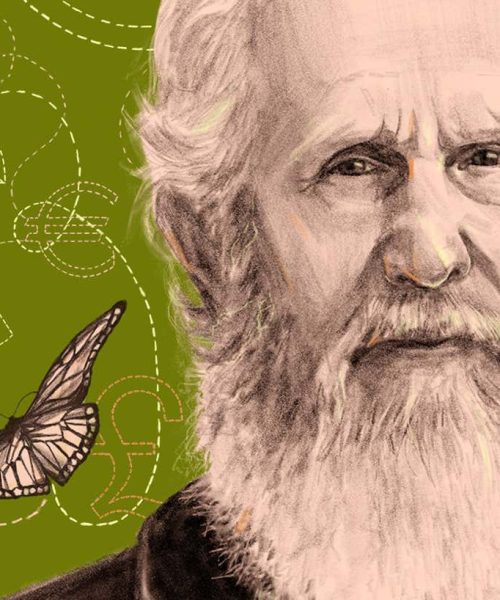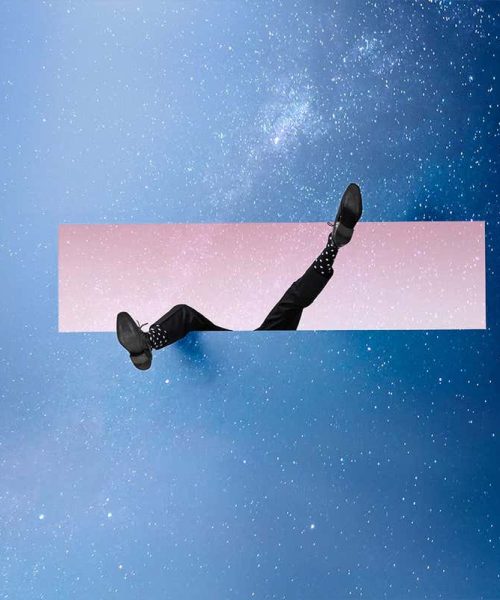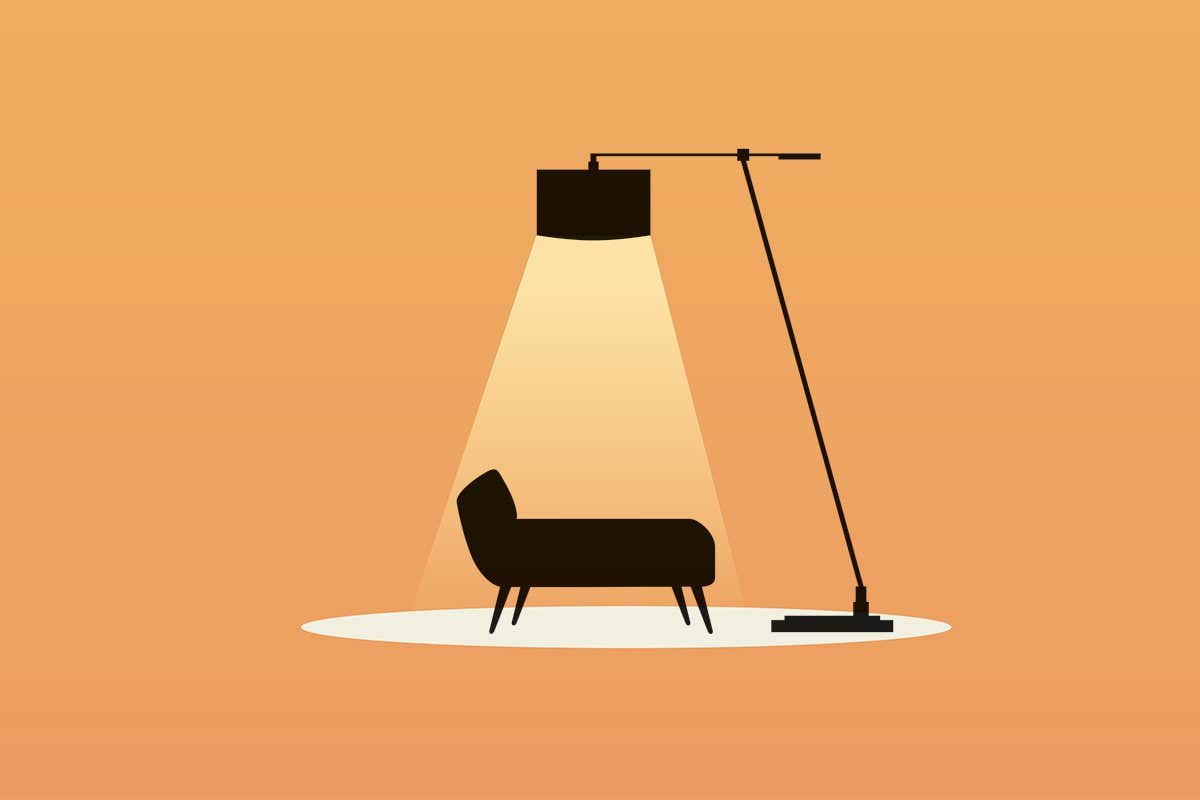
YOU can say what you like about the TikTok generation, but you can’t fault their dedication to mental health. In recent years, with a little help from a global pandemic, they have brought therapy firmly into the mainstream. From therapists on TikTok offering 60-second videos on everything from trauma to perfectionism, to AI-based chatbot apps, it has never been easier to get advice on improving your mental health.
More formal therapy is easier to come by too, with many therapists operating online and the rise of platforms such as BetterHelp, which matches people with those therapists. In fact, with all this new availability, you might wonder whether we should all be giving therapy a try.
But where to start? With a bewildering variety of options, from talk therapies to body-based approaches – and even those involving fantasy games like Dungeons & Dragons – it is hard to know how to choose, never mind how likely it is that any of them will work for you.
Until recently, science could offer little assistance. People and their problems are, by definition, individual, so it has proven difficult to compare like with like. And with estimates suggesting there are more than 500 types of therapy on offer, most yet to be tested in rigorous trials, linking outcomes to particular treatments is difficult.
But things have begun to change. In the past few years, scientists have made a concerted effort to better understand not only what therapy does to the brain, but also who it helps and why. In the process, they have even found that it can sometimes do more harm than good.
Psychotherapy is …

